JBA-PSP (Pain Relief Physical Medicine Device with 2 Patches):
The JBA-PSP version of the ONE by JBA Pain Relief Physical Medicine Device offers a compact and focused approach to pain relief with its two patches. This is perfect for Travel, office used. Despite its smaller size, the JBA-PSP version maintains the same advanced technology and treatment modalities as its counterpart, providing effective relief through LLLT, EMS, and TENS. Here are its features and benefits:
- Compact Design: The JBA-PSP version is ideal for users who prefer a more portable and discreet solution for pain relief.
- Targeted Relief: With two patches, users can concentrate treatment on specific areas of pain or discomfort with precision.
- Ease of Use: Despite its smaller size, the JBA-PSP version remains easy to use, with intuitive controls and adjustable settings.
- FDA Clearance: Like the JBA-PBP version, the JBA-PSP version has received FDA clearance, ensuring its safety and effectiveness for home use.
Introducing the ONE by JBA Pain Relief Physical Medicine Device:
Product Overview: The ONE by JBA Pain Relief Physical Medicine Device is an advanced at-home tool for alleviating chronic pain and enhancing healing. It employs cutting-edge technology to offer both convenience and versatility, empowering users to address their pain from the comfort of home.
Benefits:
- Effective Pain Relief: By targeting pain at its source and promoting natural healing processes, the ONE by JBA device offers effective relief from chronic pain conditions, including muscle pain, joint pain, neuropathy, and more.
- Convenience: With the ability to use the device at home, users can manage their pain on their own schedule, without the need for frequent visits to healthcare providers or clinics.
- Cost-Effective: Investing in the ONE by JBA device can potentially save users money in the long run by reducing the need for expensive pain medications, doctor visits, and other treatments.
- Improved Quality of Life: By providing relief from pain and discomfort, the device can help users regain mobility, improve sleep, and enhance overall quality of life.
Conclusion: The ONE by JBA Pain Relief Physical Medicine Device offers an innovative solution for individuals seeking effective, convenient, and non-invasive pain relief at home. With its advanced technology, customizable treatment options, and user-friendly design, it represents a valuable addition to any pain management regimen, empowering users to take control of their pain and live life to the fullest.
HISTORY
- Early Experiments and Development (19th Century):
⮚ Electricity’s medical use traces back to the 18th and 19th centuries.
⮚ Luigi Galvani’s late 18th-century experiments showed electricity’s effects on muscles and nerves.
⮚ Michael Faraday’s early 19th-century work on electromagnetic induction laid the foundation for medical electrical devices. - Early 20th Century:
⮚ In the early 20th century, Albert Abrams experimented with electrical stimulation for pain relief.
⮚ Understanding of electrical stimulation and its pain-relief mechanisms was limited. - Mid-20th Century:
⮚ Mid-20th-century research focused on systematic exploration of electrical stimulation for pain management.
⮚ Electrical Muscle Stimulation (EMS) gained popularity for rehabilitation.
⮚ Transcutaneous Electrical Nerve Stimulation (TENS) was developed in the 1960s for pain reduction. - 1970s-1980s:
⮚ Extensive research during this period validated TENS efficacy in acute and chronic pain reduction.
⮚ EMS remained prominent in sports medicine and physical therapy. - 1990s-Present:
⮚ Technological advancements led to more effective EMS and TENS devices.
⮚ Both EMS and TENS are widely used for various chronic pain types.
⮚ Ongoing research explores their mechanisms and combination therapy potential.
Overall, EMS and TENS evolved from early experiments to established pain management tools, offering non-invasive options for improving patient quality of life.


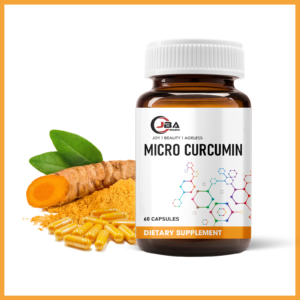
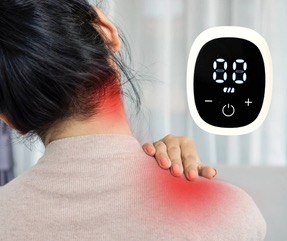
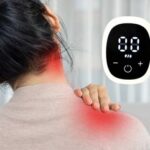

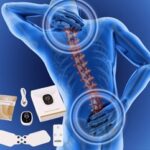


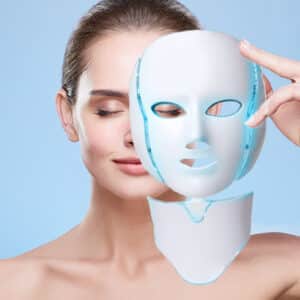
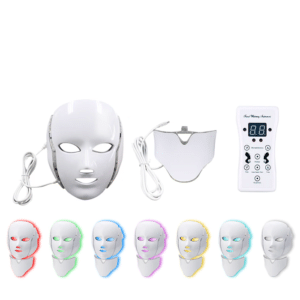

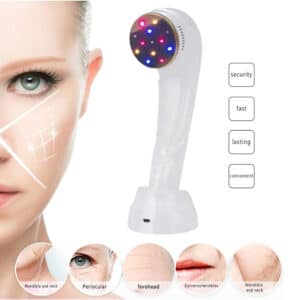

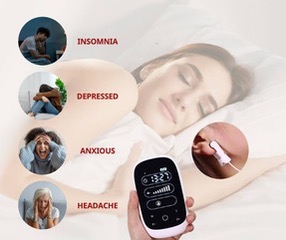

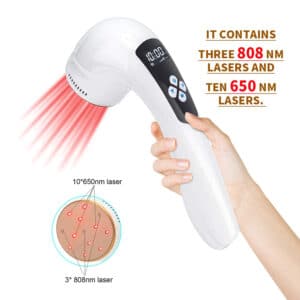
Reviews
There are no reviews yet.